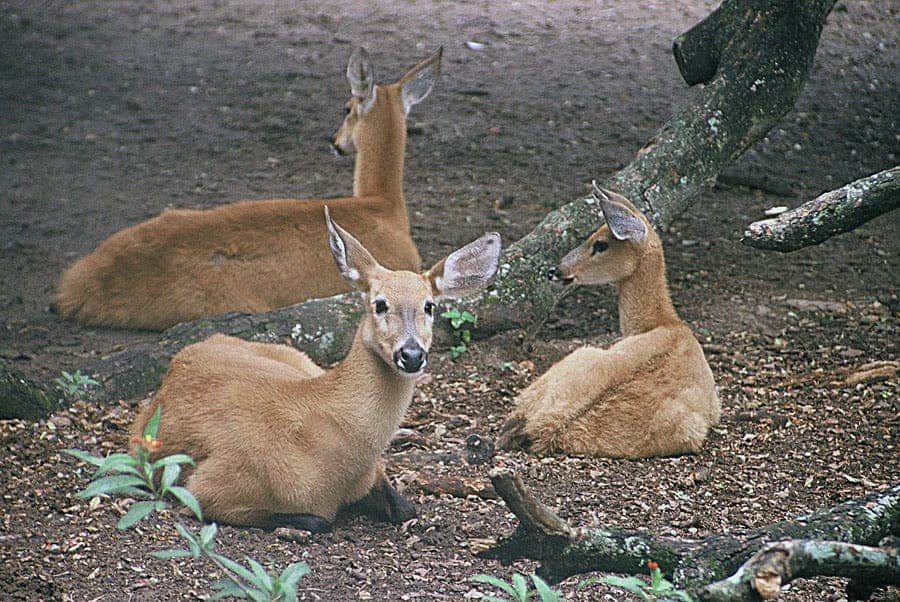Expanding agriculture can not only affect the diversity and abundance of wildlife but also alter the diet and habitat of wild mammals, especially those living in fragmented forest areas near crops or pastures, according to new research.

The study, published in Proceedings of the National Academy of Sciences (PNAS), analyzed how changes that agriculture affect the diet of wild mammals, proving the hypothesis that deforestation and forest fragmentation are not necessarily the main consequences of expanding crops and cattle.
“Forest remnants and the agricultural matrix aren’t separate. There’s an interface between these areas. It’s hardly news that animals need to find food in plantations, but this practice hadn’t been quantified until now. I should stress that the diet in question isn’t ideal. It’s a matter of survival,” said Marcelo Magioli, the lead author.
Magioli and his fellow researchers looked at stable carbon and nitrogen isotopes in the fur of the animals, a method that allows them to know the kind of food eaten in the last three months. They used hair traps and collection of droppings so as not to alter the animals analyzed, many of them threatened with extinction.
They collected samples in four areas of the Brazilian state of Sao Paulo, two near croplands in Campinas and Botucatu and two in conserved areas in stable carbon and nitrogen isotopes. The samples were from 29 species of mammals and of all the samples taken more than half were from animals living in human-modified areas.
“From previous studies using GPS collars and camera traps, we knew the animals moved through these areas,” Magioli said regarding their research. “However, stable isotope analysis told us where they were feeding and how important each food source was in their diet.”
The results showed that 34.5% of the animals fed only with agricultural resources from human-modified areas, while 67.5% survived on forest resources. Frugivores and insectivores ate the same no matter where they lived, while herbivores and omnivores were the most affected, eating mainly agricultural resources.
Species like the cougar, capybara, brocket deer, ocelot and crab-eating raccoon where some of the ones mentioned in the study for having adapted their diets because of the agricultural expansion. The margays, a small wild cat, for example, eat animals that live near sugarcane plantations.
“Our findings point to the need for more favorable agricultural management to support these animals and underscore the importance of the Brazilian Forest Code and of maintaining legal reserves and permanent conservation areas [APPs],” Katia María Ferraz, co-author, said.


